All of the following vegetarian sources have a protein content greater than 7%. You also score in the PDCAAS (mehr über PDCAA).
The tennis star Boris Becker, the bodybuilder Bill Pearl or the runner Paavo Nurmi eats a vegetarian diet. The athletics legend Carl Lewis, the tennis player Martina Navrátilová and Ironman Brendan Brazier achieved their top performances in the sport with a vegan lifestyle.
Here we present 10 best protein sources for athletes following a vegetarian diet.
# 1. Soy
This East Asian legume is high in protein and has one PDCAAS of 0.91 (with soy protein powder at 1.0). Deliver 100g soybeans 23g Protein. Soybeans offer a variety of food options:
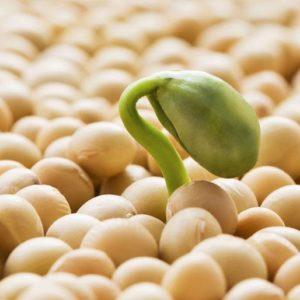
Edamame are soybeans that were harvested while still green. They taste sweet and go well with salads. Half a cup of these brightly colored beans provides 8.5g protein.
Tempeh Originally from Indonesia, it is made by fermenting soy until a kind of “cake” is created. It has an earthy taste and a firm texture. 1/2 cup provides 15g of protein.
Tofu is known as soybean curd. It's low in sodium and high in water-soluble vitamins, calcium, and iron. You get 10g of protein per 1/2 cup of tofu, and because of its consistency, tofu will also absorb flavors from other cooking ingredients. It's perfect with marinades and seasonings. Soy products contain all of the essential amino acids, making them great protein-rich vegetarian foods.
Would you like to learn more about soy ..? - SOJAPROTEIN NICHT SO SCHLIMM WIE SEIN RUF > >
# 2. Mycoprotein also known as fungal protein
Mykoprotein was originally developed to counteract the global food shortage. It is obtained from the cultivation of mushrooms in large vats. Mycoprotein, made from unicellular protein, is one of the best sources of amino acids in the world.
It is high in fiber, low in cholesterol and provides 13g Protein pro 1/3 Tasse. Mycoprotein has an impressive one PDCAAS of 0.99.
Mycoprotein is grown using glucose syrup to "feed" the fungus. Once oxygenated and fermented, you are left with a food that is similar in taste and texture to the mushroom. Foods made from mycoprotein include burgers, sausages, ground beef, and nuggets. It is widely sold as a meat substitute.
# 3. Seitan
Seitan is a protein-rich food that is made by combining wheat gluten with various spices. Wheat flour dough is washed until all of the starch is removed. The remaining sticky gluten is molded and cooked.
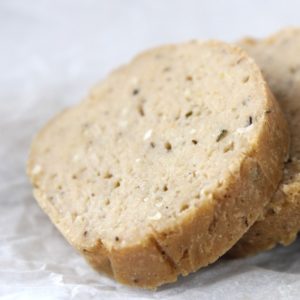
Because of its taste and consistency, seitan is often offered as a meat substitute. Seitan delivers 25g Protein pro 1/2 Tassebut has a relatively low one PDCAAS of 0.25.
It's worth noting that some seitan is low in the essential amino acid lysine. However, when you combine it with soy sauce (which is high in lysine) it becomes a complete protein. Although it is low in carbohydrates, those with gluten intolerance must avoid it.
# 4. Quinoa also called Andean millet
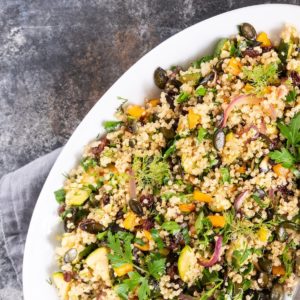
This flowering plant is one of the few complete plant-based sources of protein. The seeds are oval in shape and light yellow in color with a grain-like texture and a nutty taste. Quinoa offers modest 8g Eiweiß pro Tasse at. It also contains magnesium, iron, manganese and a number of other important minerals, making it an excellent all-rounder for health and performance nutrition.
As Versatile side dish, quinoa is often used in soups, stews, and even salads Used popcorn. Due to its popularity as a high protein vegetarian Food was named the "International Year of Quinoa" in 2013 known.
# 5. Erbsenprotein
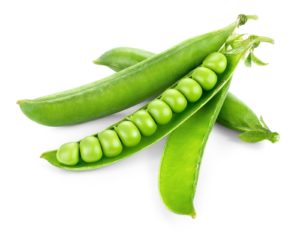
Green peas are a great source of nutrition. They're high in fiber, low in fat, and contain vitamins A, C, and B-6. The peas' unique phytonutrient composition means you are also getting lutein and zeaxanthin - both of which are known to be beneficial for eye health.
100g of peas gives 5g of protein and a PDCAAS of 0.7.
Pea protein supplements however result in one PDCAAS of 0.983 and a much higher protein content. They offer an easily accessible source of protein that is not only high quality, but also suitable for vegetarians.
| WHAT PROTEIN | PDCAAS | NUTRITIONAL VALUES |
| SOJA | 0,91 | 36% protein / 30% carbs / 20% fat |
| MYKOPROTEIN | 0,99 | 11% protein / 9% carbs / 3% fat |
| SEITAN | 0,25 | 75% protein / 14% carbs / 2,% fat |
| QUINOA | — | 12% protein / 62% carbs / 6% fat |
| PEA PROTEIN | 0,98 | 82% protein / 3.4% carbs / 1.7% fat |
| CHICKPEAS | 0,78 | 19% Protein / 61% KH / 6% Fett |
| SPIRULINA | — | 57% protein / 24% carbs / 8% fat |
| BLACK BEANS | 0,75 | 22% protein / 62% carbs / 1.4% fat |
| Hemp seeds | 0,66 | 21% protein / 2.2% carbs / 34% fat |
| LINSEN | 0,84 | 23% protein / 49% carbs / 1.4% fat |
# 6. Kichererbsen
Boiled and cooked chickpeas are both crispy and grainy and have one fantastic nutty, buttery taste. They are perfect in:
- Curries
- Salate
- Hash
- Auflauf und Eintopf
- Falafel
... And of course, chickpeas are also used for making Hummus uses - a great, high protein, organic food. Chickpeas, also known as chickpea beans, are small, round, and mostly yellowish - although they are also available in green, black, and brown. A cooked cup of chickpeas contains 14.5g of protein, 12.5g of fiber and less than 5g of fat. They contain many vitamins A and K as well as calcium, magnesium, zinc and folic acid.
Chickpeas have one PDCAAS of 0.78 - just like edamame beans.
# 7. Spirulina
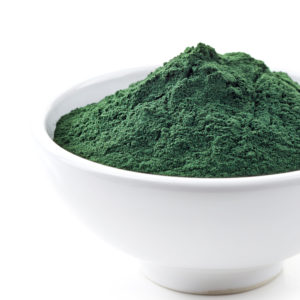
Spirulina is a blue-green alga known as cyanobacteria. It provides an enormous amount of nutrients - iron, manganese, magnesium, vitamins B and C and fatty acids (EPA and DHA) are contained in considerable amounts. The best part, however, is that spirulina 57g Protein delivers per 100g! It has a protein content as high as chicken. That's an incredible amount for a vegetarian-friendly meal.
But don't be too early to look forward - unfortunately, spirulina contains fewer essential amino acids than poultry. It also has a low PDCAAS. You can get spirulina as a whole food or dried as a side dish. You simply add it to water or smoothies to unlock its nutritious power.
# 8. Black beans
The black bean, also known as the turtle bean, is a favorite in Latin American, Cajun, and Creole cuisines. Its meaty, smooth texture makes it perfect for vegetarian cuisine. Black beans are a good source of folic acid, magnesium, phosphorus and zinc and provide a high fiber, low fat source of protein - 21g per 100g. Der PDCAAS beträgt 0,75.
black Beans are known for their cholesterol lowering ability. They contain one high proportion of resistant starch, which also improves digestion contributes.
Give them in burritos, vegetarian stews, chilli and casseroles to make your daily Increase protein intake. You can also make burgers and even pasta buy black beans.
# 9. Hemp seeds
Hanf comes from the cannabis sativa plant and is a potent source of nutrition - such as flaxseed. However, it does not contain any psychoactive substances. So don't worry about getting high.
100g of hemp seeds also satiated your muscles 31g of whole protein. This is similar to beef and lamb. You get too Omega-3– und Omega-6-Fettsäuren as well as a range of micronutrients - iron, magnesium, zinc, and copper, to name a few.
Hemp seeds are easy to cook. Just add them to stir-fries, vegetarian Add alfredo sauce, banana muffins or muesli for a little more bite to get.
# 10. Lentils
You can't beat the good ol 'lens. Available in a range of colors and varieties - from puy and beluga to yellow and French green. Lentils are a Basic food for vegetarians and provide fiber, protein and other important nutrients - for example potassium, iron and vitamin B-6.
100g lentils make 9g protein with a PDCAAS of 0.84.
Lenses are extremely versatile. The firm and creamy texture paired with an earthy They make the taste perfect for winter soups, tabbouleh and curries.
Fazit
More and more people are following a vegetarian diet to stay healthy, slim and improve fitness. These high protein foods will help you build muscle and keep fat to a minimum while getting to your biggest body yet.
already read..?
PFLANZLICHE PROTEINE – KEINE HOCHWERTIGE PROTEINE ? > >
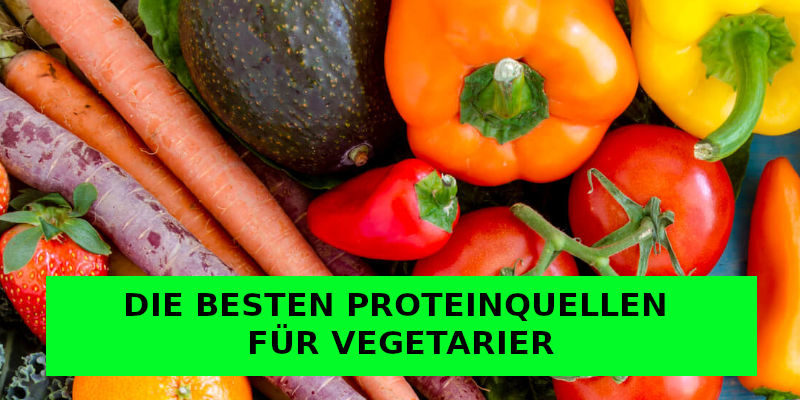
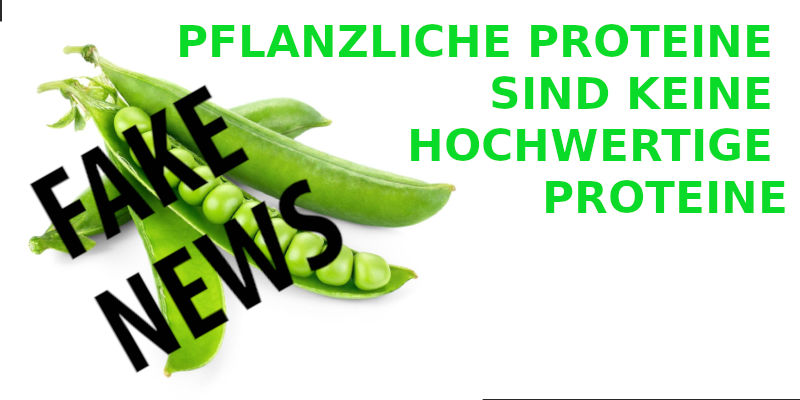
3 comments
Comments are closed.